Astronomers have identified a remarkable rogue planet, SIMP J01365663+0933473, which roams the Milky Way without a parent star. This enigmatic object lies just 20 light-years away and boasts a magnetic field 4 million times stronger than Earth’s. Discovered in 2016, SIMP was initially classified as a brown dwarf but later found to be just within the mass limit for a planet. At 12.7 times the mass and 1.2 times the radius of Jupiter, SIMP challenges the line between planet and failed star.
SIMP also astonishes with its surface temperature of over 1,500°F (825°C), far exceeding that of Venus, the hottest planet in our solar system. Unlike Venus, whose heat comes from the Sun, SIMP’s warmth is residual energy from its formation around 200 million years ago. Over time, this massive planet will continue to cool, but its current state offers valuable insights into planetary evolution.

One of SIMP’s standout features is its extraordinary magnetic field, millions of times stronger than Earth’s and significantly more potent than Jupiter’s. This magnetic field enables SIMP to produce dazzling auroras, similar to Earth’s northern lights but far more spectacular. However, unlike Earth’s auroras, which result from solar wind interactions, SIMP’s light shows may stem from interactions with a possible moon. The research team utilized the National Science Foundation’s Karl G. Jansky Very Large Array (VLA) to detect SIMP’s auroral radio emissions. This marks the first time a planetary-mass object outside our solar system has been studied via radio waves, opening new avenues for detecting rogue planets and studying their magnetic fields.

Melodie Kao of Arizona State University, who led the study, noted that SIMP’s magnetic dynamo mechanisms could help scientists better understand how such processes work in gas giants, brown dwarfs, and terrestrial planets. Furthermore, Gregg Hallinan of Caltech highlighted that the findings could aid in discovering more elusive rogue planets that emit auroral radio signals.


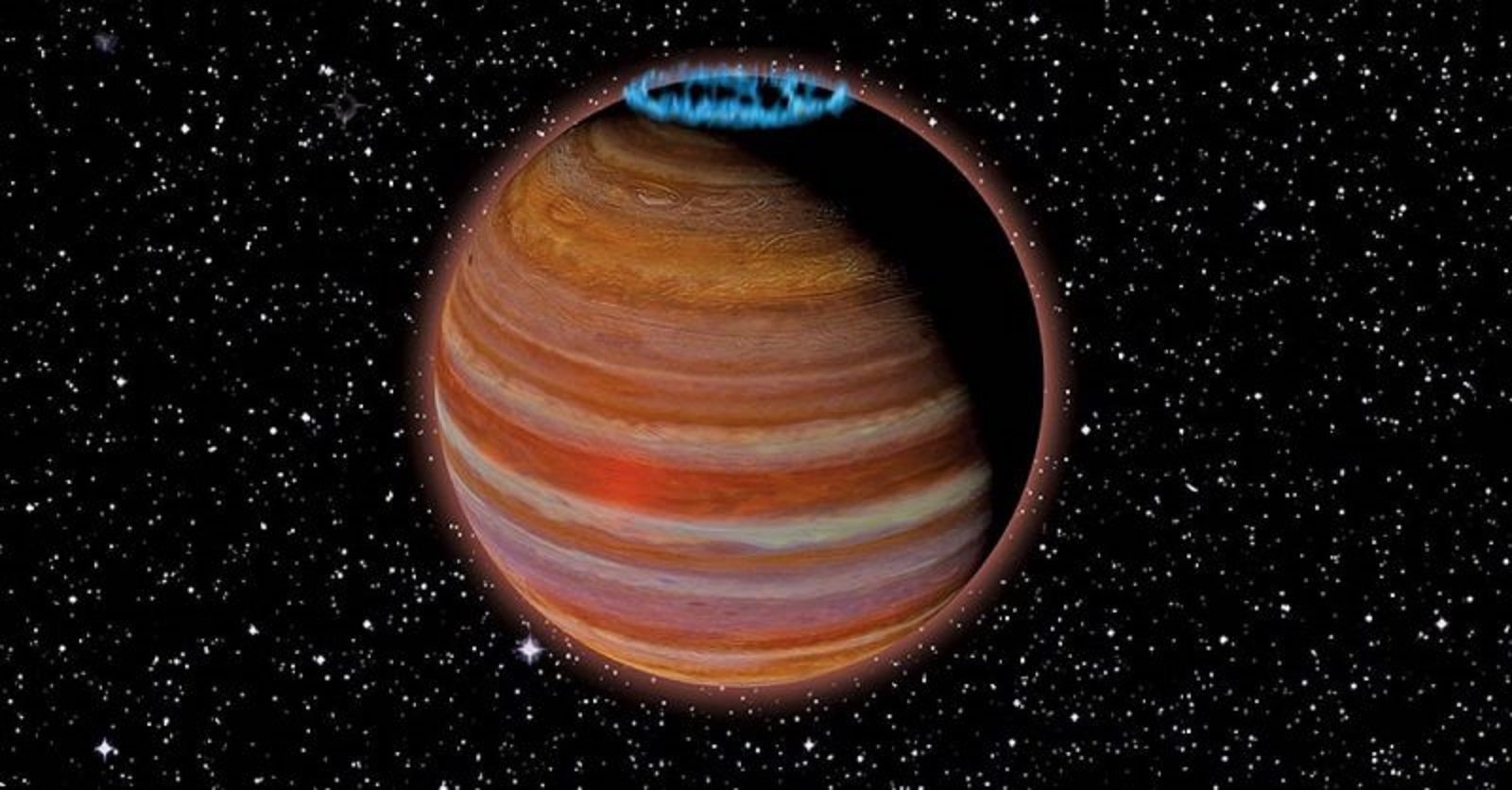

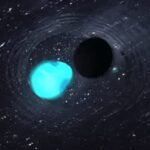
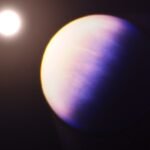

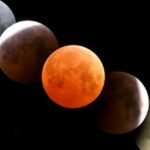
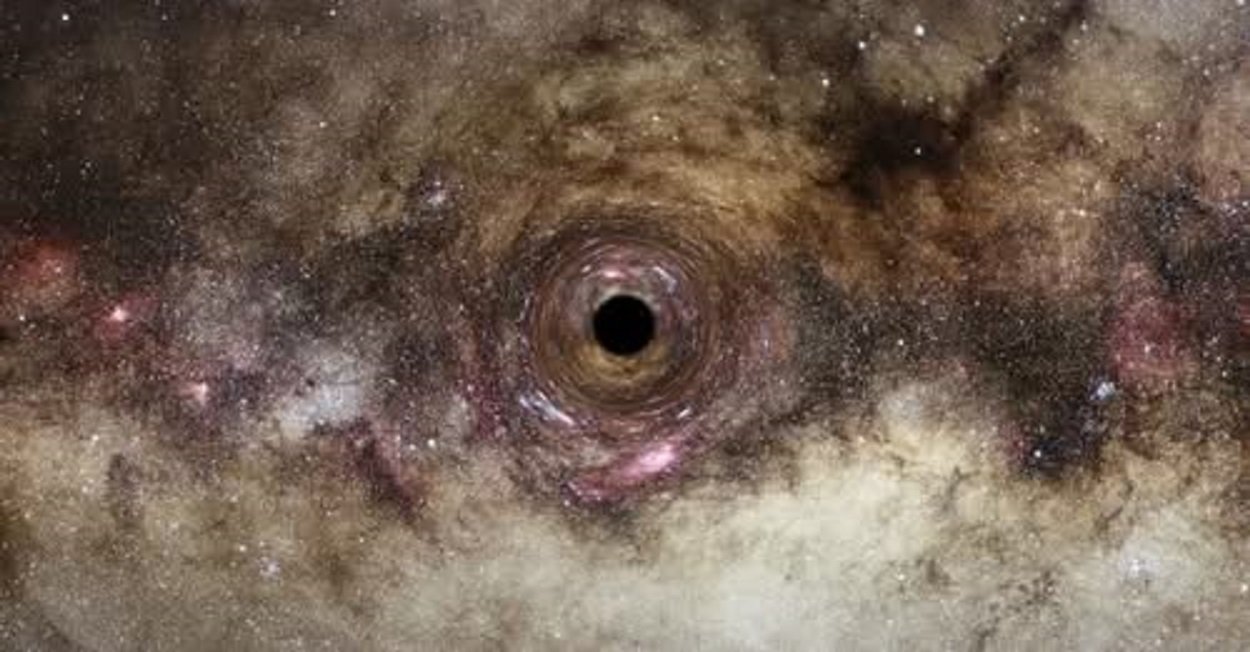

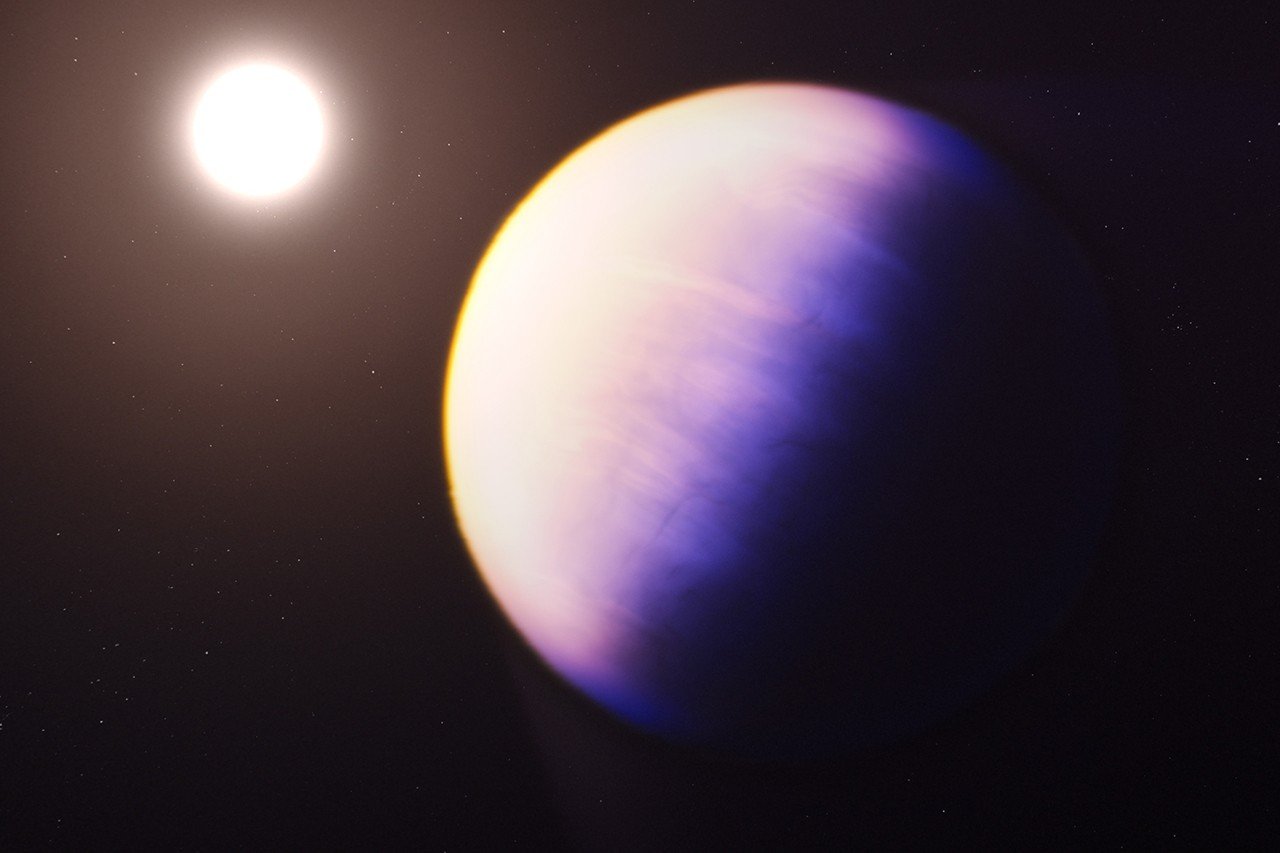

Leave a Reply